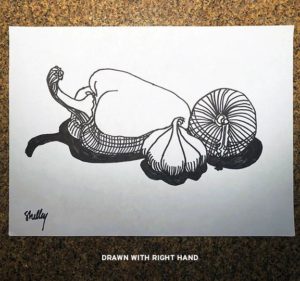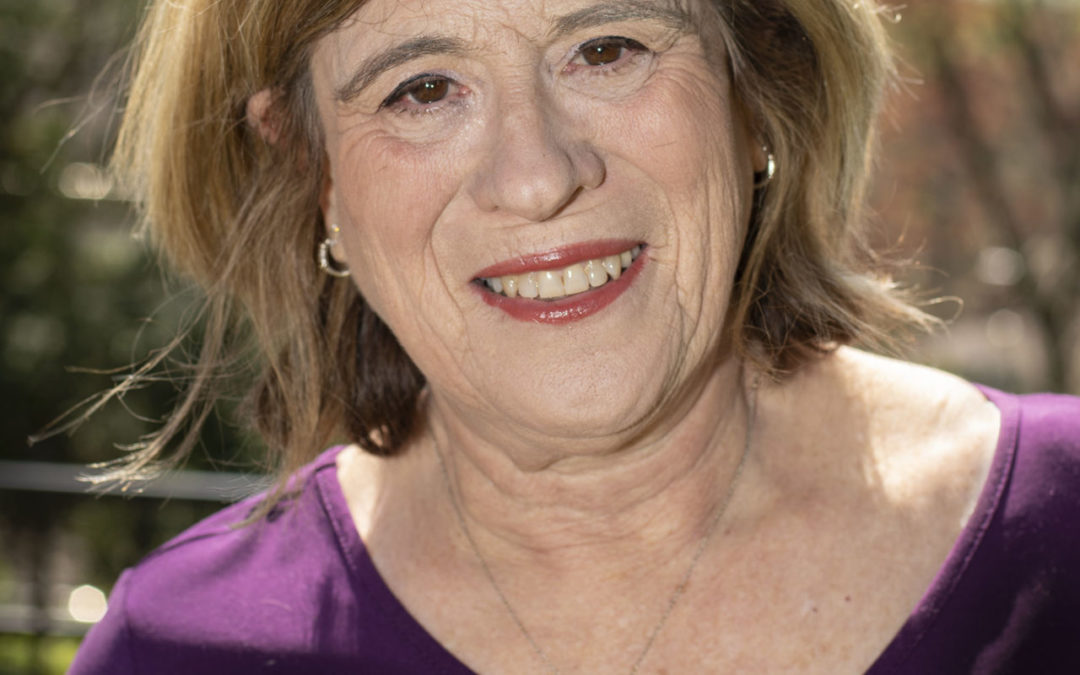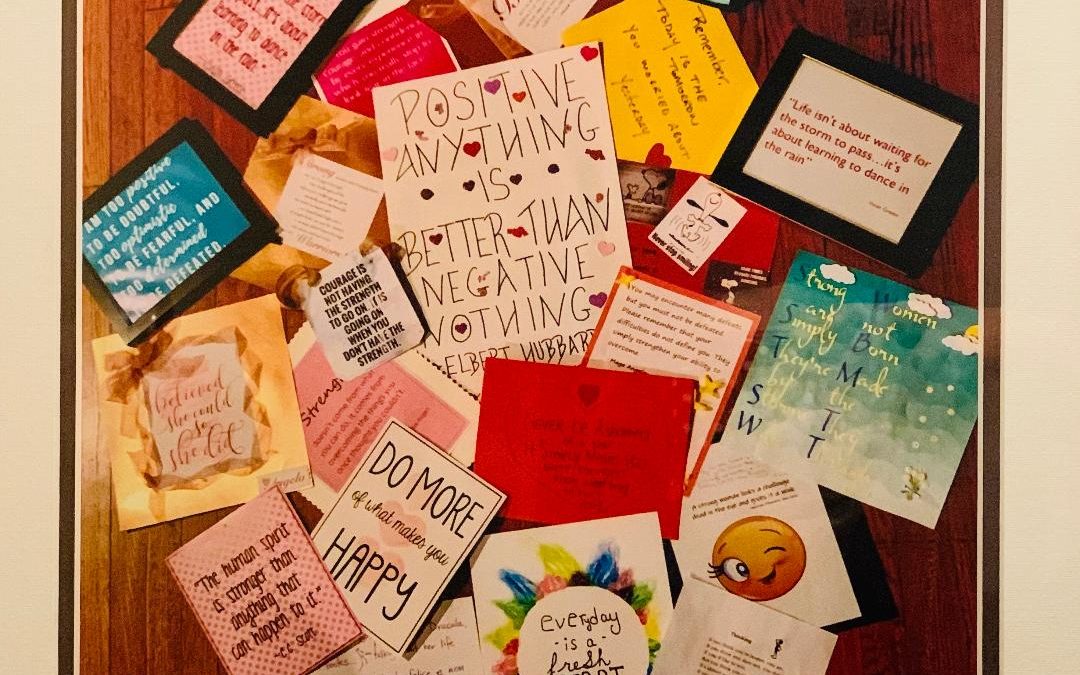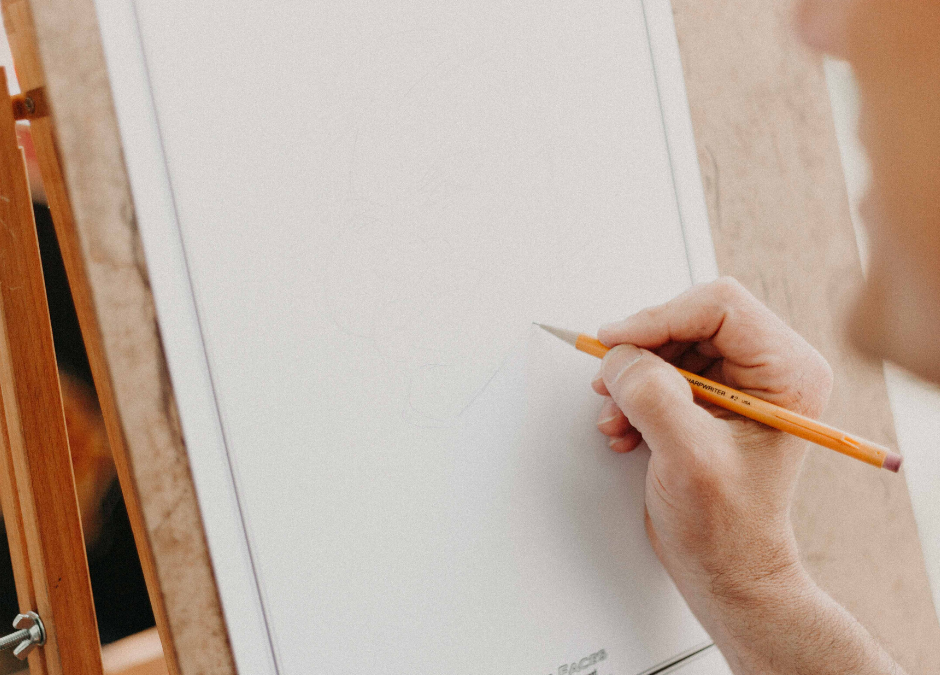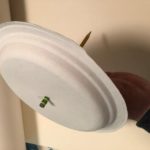Using a Fill Flash Outdoors
with Daniel Kasle
Many new and indeed some experienced photographers are skittish about using a flash in an outdoor setting. Maybe it just isn’t intuitive to bring more light to a brightly lit situation but the simple illustration below shows just how useful a little fill flash can be even in bright sunlight.
All three featured images were taken at 1/200 sec, f4.5 and ISO 64.
On a bright sunny day, the harshness of the light, especially around midday, can make creating even a simple portrait a real headache. Should I have my subject facing the sun? Back to the sun? Side angle? As you move around and try each angle, you may just give up after a few shots of each because none of them look just right. Waiting for a cloud to pass in front of the sun or finding a shady area may be best but sometimes its just not available and, even if it is, the light might be dappled causing light and dark spots across the subject.

Take for instance image #1 here. The subject is facing directly into the sun. First problem is that the harsh light causes parts of her to look blown out (overexposed) while the hard shadows cast uneven light across her face. Her shirt reflects the sun too, rendering its color to be much less rich than it really is. Remember the farther away from the light source, the harsher the shadow and the sun is, well, pretty much the farthest light source we have. Also, any time you have your subject looking directly into the sun, they can’t help but squint and that isn’t going to please them when you show the image.
So, we try turning our subject so that she is backlit by the sun. Our camera is likely to have a light meter that averages the illumination of a scene and creates an exposure that balances bright and dark areas.

We can see from image #2 here that our subject now is underexposed and the background is overexposed. Clearly, not a good combination. One positive effect though is the highlight that the backlighting has on her hair. In our final product, it would be nice to keep that element in the image.
The solution…
This is where a fill flash comes in handy. You can use the built-in flash of your camera or a separate Speedlight either mounted on the camera or handheld to the side but the trick here is to add just enough fill to make the image pleasing and well balanced. Many current digital cameras have very capable automatic shooting modes that will properly incorporate the camera’s built-in flash with a daylight exposure.

Image #3 was shot on manual mode (I selected the shutter speed, aperture, and ISO) with a Speedlight mounted to the camera. I took several exposures with the only difference being varying the power of the flash. If you have a Speedlight, it pays to spend some time learning how it works and how you can adjust it to provide the right light for the image you are trying to capture.
In Image #3, we now have a good balance of light on the subject and in the background. We retained the very nice backlight effect on her hair and the fill flash added enough even light to her face to eliminate any shadows. Also, as she is facing away from the sun, her eyes are open and bright.
_______________________
About Daniel Kasle:
 Dan Kasle has been a photography enthusiast for over fifty years. He enjoys travel photography and portraiture and has studied at International Center of Photography over a number of years. Dan and his wife Annette have been residents of Port Washington for 38 years and raised two sons here. His work can be viewed at www.danielkaslephotography.com
Dan Kasle has been a photography enthusiast for over fifty years. He enjoys travel photography and portraiture and has studied at International Center of Photography over a number of years. Dan and his wife Annette have been residents of Port Washington for 38 years and raised two sons here. His work can be viewed at www.danielkaslephotography.com
Instagram @danielkasle

![]() Shelley Holtzman is Co-President of The Art Guild and a member of the Port Washington Library Art Advisory Council. A former art director for a New York ad agency, her experience with graphic design is evidenced in her work, which emphasizes strong lines and vivid contrasts. Painting in watercolor or oil, her passion for color can be seen in her florals, landscapes and portraits as she strives to illuminate the vibrancy of people and world around us. Shelley’s art can be viewed at ShelleyHoltzman.com
Shelley Holtzman is Co-President of The Art Guild and a member of the Port Washington Library Art Advisory Council. A former art director for a New York ad agency, her experience with graphic design is evidenced in her work, which emphasizes strong lines and vivid contrasts. Painting in watercolor or oil, her passion for color can be seen in her florals, landscapes and portraits as she strives to illuminate the vibrancy of people and world around us. Shelley’s art can be viewed at ShelleyHoltzman.com 
